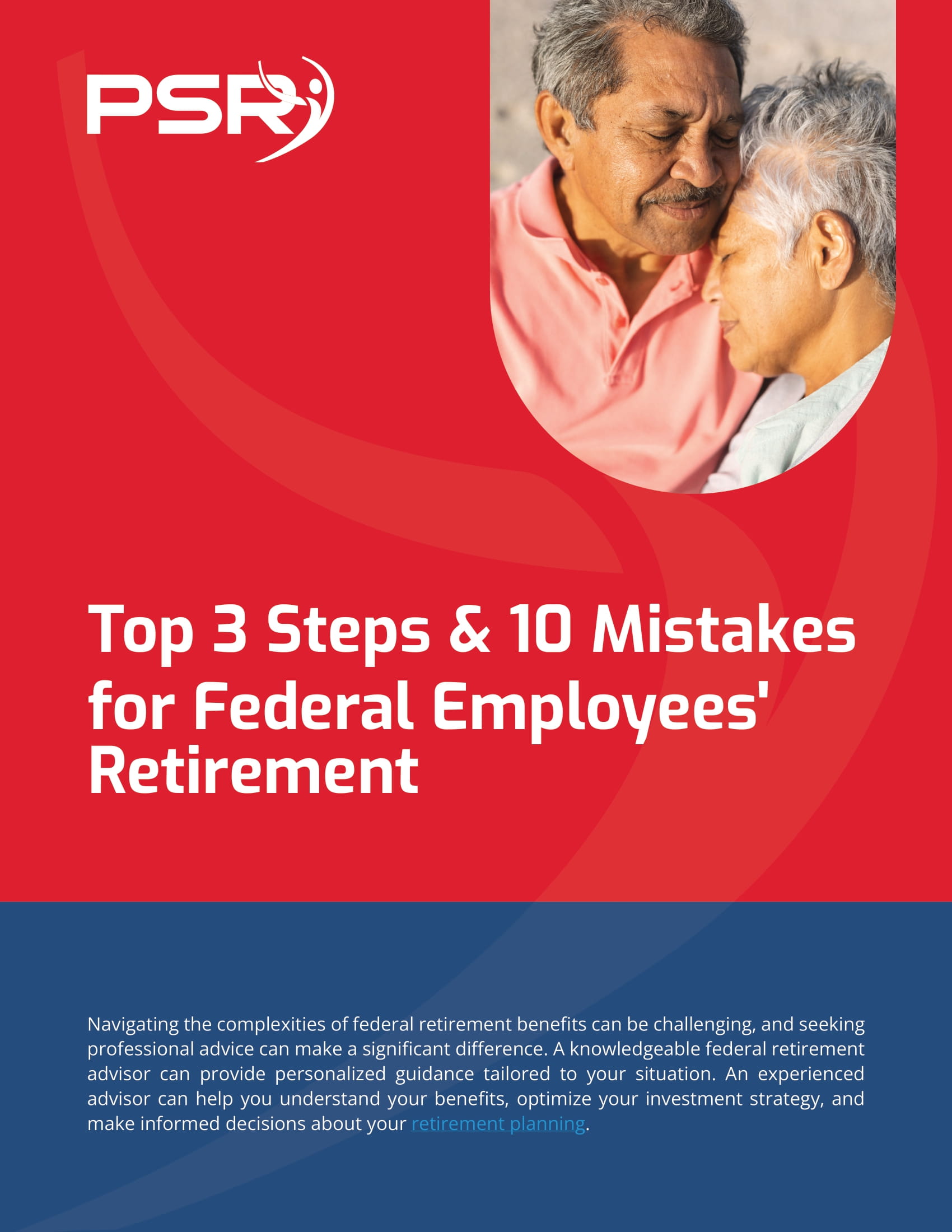[vc_row][vc_column width=””2/3″” el_class=””section”][vc_column_text]
Typically a child whose parents have passed on can continue to collect on their annuity benefits until they reach the age of 18, with an exemption made if the child in question is a full-time student in a university. But there are a few other exemptions too where the benefits can continue past that second cutoff age of 22, and that’s if a child is a.) disabled so that they are not able to take care of themselves, b.) that disability had occurred before the age of 18, and c.) they are not married. If a child meets these particular criteria, they may be entitled to continue collecting benefits for the rest of their life.
- Also Read: Dental Plans Under FEDVIP Are Offering Better Coverage Than Ever—Why Federal Employees Are Taking Notice
- Also Read: 5 Things You Need to Know About Survivor Benefits as a Federal Employee or Retiree
- Also Read: How FEGLI Premium Changes Are Forcing Federal Employees to Reevaluate Their Plans
Form RI 25-43 on www.opm.gov is the form that you’ll want to fill out for that. Make sure you have proof any other benefits the child may be receiving, such as Social Security, as those will have to be submitted alongside the application.
As the benefit is identical whether their parent was under FERS or CSRS, the particulars are as follows: if the child has a surviving parent who was not the person who was initially covered, the monthly benefit is 537 dollars per child, topping off at $1,611, or three children can be covered. If both parents have passed, the monthly benefit bumps up to 644 dollars, with that maxing out at 1,932 dollars. All these numbers are subject to adjustments such as cost of living.
[/vc_column_text][/vc_column][vc_column width=””1/3″”][vc_single_image image=””37250″” img_size=””292×285″” style=””vc_box_shadow””][/vc_column][/vc_row]









